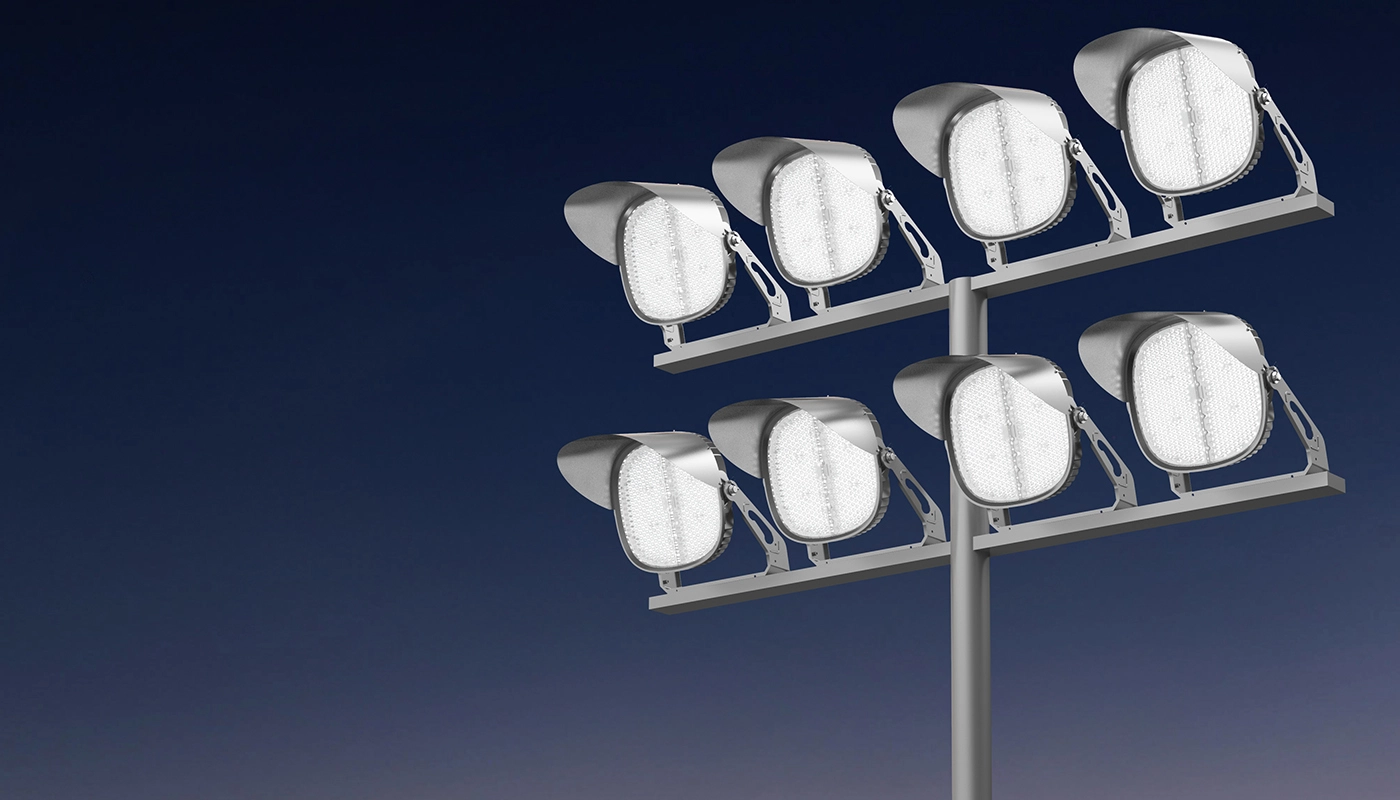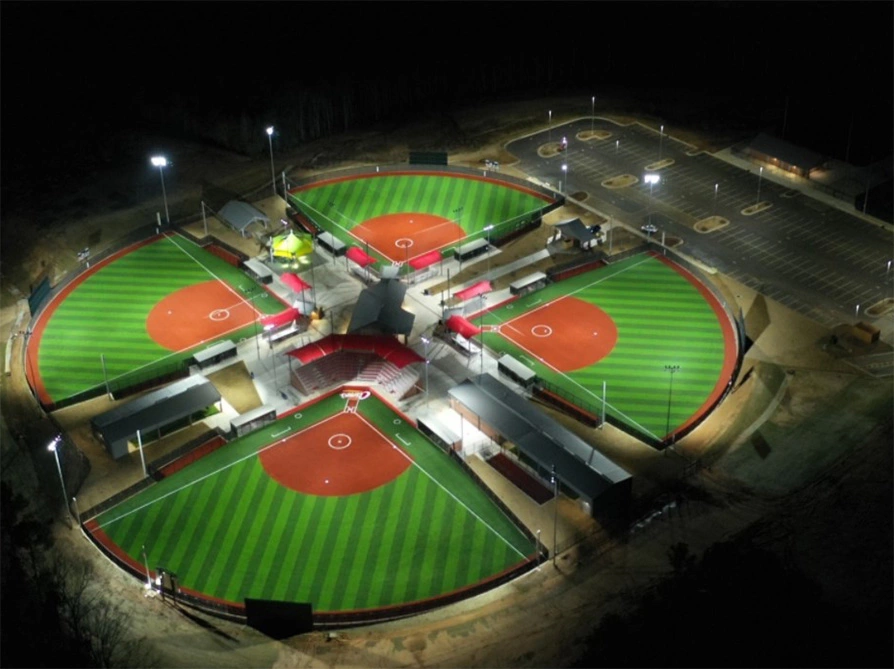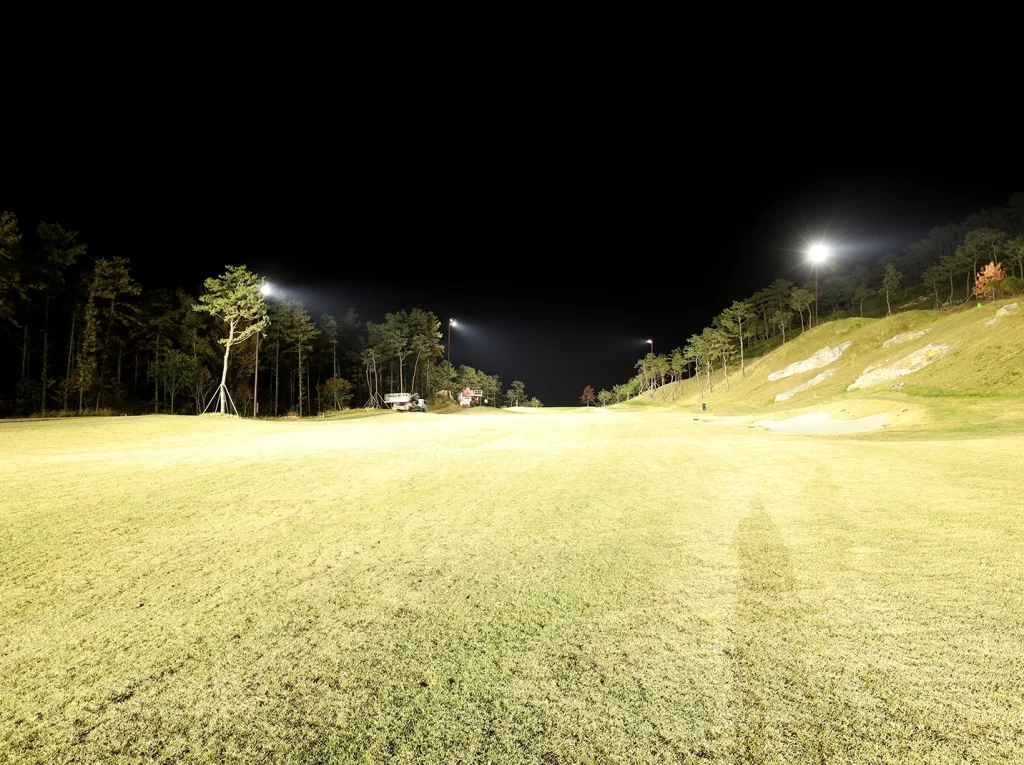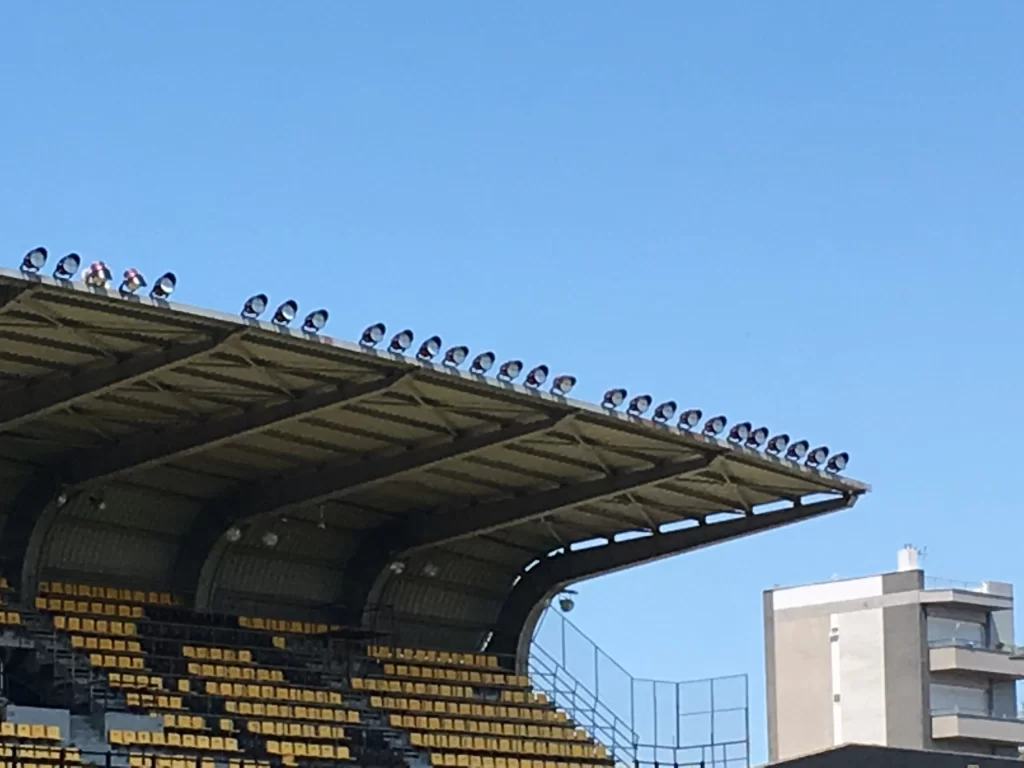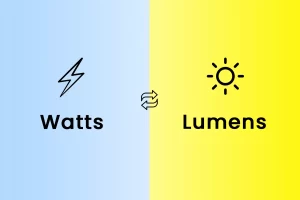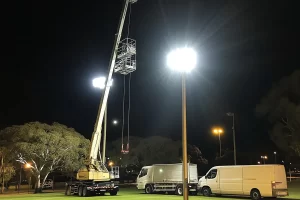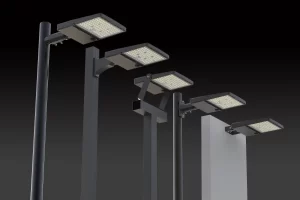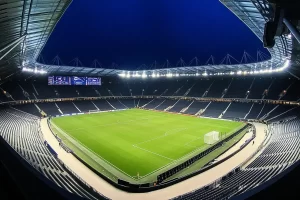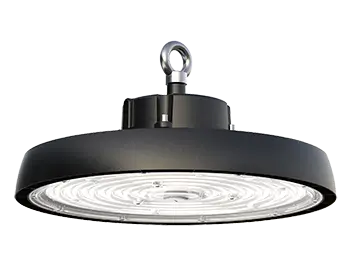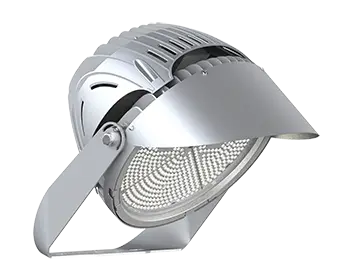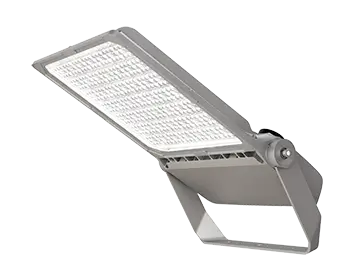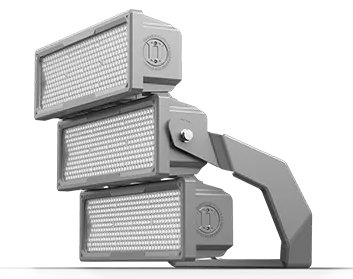What are LED lights?
LED stands for Light Emitting Diode. Now, you might be wondering, what’s the big deal about these tiny light sources? Well, they’re fundamentally different from traditional bulbs because they utilize semiconductors to produce light. Cool, right?
Evolution of LEDs: From Simple to High-intensity
Over the years, the simple LED has evolved. It’s like when cell phones transformed from those giant bricks to the sleek smartphones we use today. High-intensity LEDs are the latest game-changers in the world of lighting.
Key Advantages of High-intensity LEDs
- They’re brighter, of course!
- Energy efficient – think of them as the hybrid cars of the lighting world.
- Longer lifespan, which means fewer replacements.
Applications of High-intensity LED lights
Home and Interior Design
LEDs are not just about functionality; they bring art into the equation.
Creating Ambient Moods. Ever walked into a room and felt instantly calm? High-intensity LEDs can create various moods, from warm and cozy to bright and energetic. It’s like painting with light.
Energy and Cost Savings. Imagine slashing your electricity bill in half. These LEDs consume less power and last longer, which means more money in your pocket in the long run.
Industrial Uses
When it’s not about ambiance, it’s about practicality.
Manufacturing Processes. From machinery to conveyor belts, high-intensity LEDs improve visibility, increasing efficiency and safety.
Safety and Visibility Improvements. Brighter lights in warehouses, docks, and construction sites ensure workers’ safety, especially during nighttime operations.
Comparing High-intensity LED lights with Traditional Lighting
Lifespan and Durability
While traditional bulbs might remind you of those old toys that broke easily, LEDs are the sturdy action figures that endure the test of time.
Energy Efficiency
A traditional bulb is like a gas-guzzling car, while LEDs are the electric vehicles of the lighting universe.
Versatility and Design
Traditional bulbs have one look. LEDs? They’re the chameleons, adaptable and available in a multitude of designs.
Tips for Using High-intensity LEDs Safely
Proper Installation
Just as you wouldn’t want to put diesel in a petrol car, ensure you’re installing your LED lights correctly.
Heat Management
LEDs are cool – metaphorically and literally. However, they can produce heat. Ensuring proper heat dissipation can prolong their life.
Choosing the Right LED for the Job
It’s like choosing the right outfit for an occasion. Always ensure the LED’s intensity and design suit your needs.
Conclusion
High-intensity LED lights are revolutionizing the way we illuminate our world, from our homes to industrial settings. Embracing this change not only brings aesthetic and functional benefits but also environmental and economic ones.
FAQs
Are high-intensity LEDs expensive?
Initially, they might be pricier than regular bulbs, but in the long run, they offer significant savings.
Can I use high-intensity LEDs outdoors?
Absolutely! Just ensure they’re rated for outdoor use.
How do I manage the heat from these LEDs?
Use heat sinks or ensure adequate ventilation around the installation area.
Are they safe for kids’ rooms?
Yes, but always ensure they’re out of reach and don’t produce too much heat.
Can I control the brightness?
With the right setup, like dimmable LEDs and compatible switches, you certainly can!


